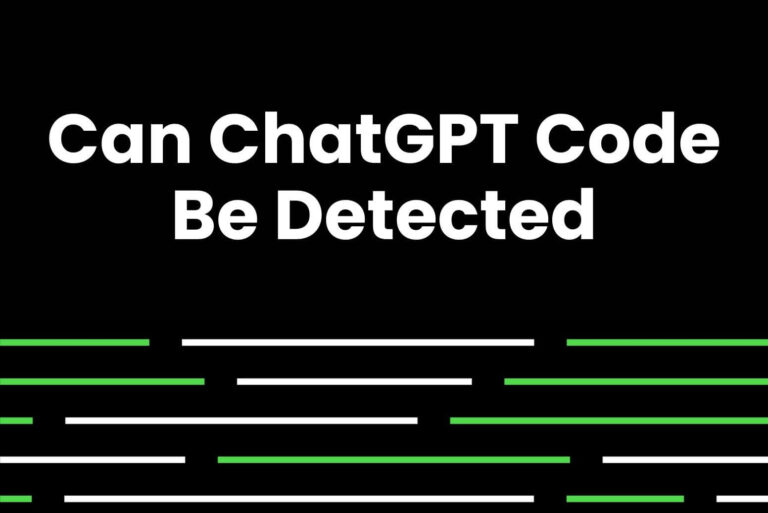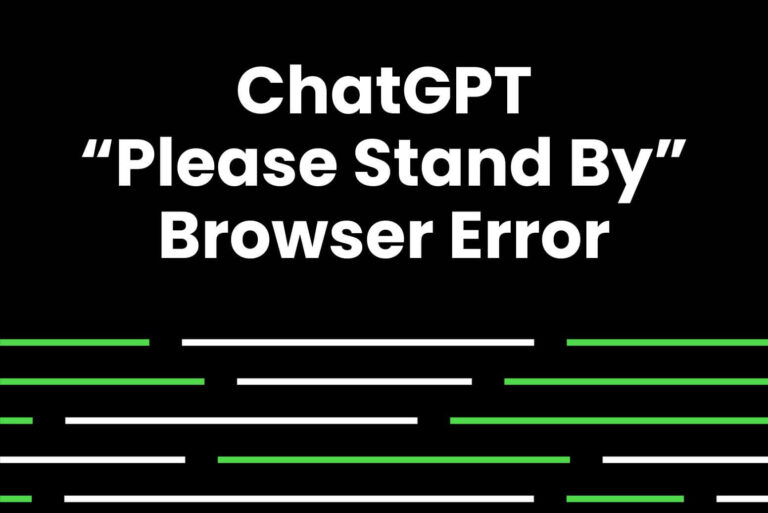How to Use ChatGPT for Data Analysis?
ChatGPT has created excitement for its potential to assist with various tasks, including data analysis. With the right approach, ChatGPT can be a useful aid for gaining insights from datasets. This article will explore tips for leveraging ChatGPT to streamline and enhance data analysis.
In the opening paragraph, we establish that this article provides guidance on using ChatGPT for data analysis. The following sections will elaborate on techniques to apply ChatGPT for this purpose.

Framing Effective Data Analysis Prompts
The key to success is framing helpful prompts that allow ChatGPT to properly understand your data analysis needs. Here are some best practices:
- Explain the dataset – Provide basics like the number of rows/columns, data types, what it represents, etc. This context helps ChatGPT suggest appropriate analysis.
- Ask specific questions – Vague questions will get vague answers. Clearly articulate the insights you are hoping to gain from the data.
- Provide examples – Give a sample of the actual data or analogous cases to ground ChatGPT.
- Specify desired output format – Tell ChatGPT if you want a graph, summary statistics, highlighted trends, etc.
With thoughtful prompting, you can get ChatGPT to deliver tailored, meaningful data insights.
Applying ChatGPT for Common Data Analysis Tasks
ChatGPT can lend a hand with a variety of standard data analysis jobs:
Data Cleaning
Have ChatGPT recommend data cleaning steps like handling missing values, detecting anomalies, and filtering inaccurate records. This prepares data for downstream analysis.
Summary Statistics
Request summary metrics like means, medians, standard deviations, and quantiles from ChatGPT to understand overall data characteristics.
Visualizations
Ask ChatGPT to identify meaningful graph types for visualizing the data and relationships. It can even suggest code for programmatically generating plots.
Trend Analysis
Prompt ChatGPT to highlight notable trends and patterns in timeseries data or segmented groups within the dataset.
Predictive Modeling
ChatGPT can propose appropriate predictive modeling techniques for goals like forecasting, classification, and recommendations.
Applying ChatGPT for tasks like these can significantly accelerate analysis workflows.
Evaluating ChatGPT’s Data Analysis Suggestions
While powerful, it helps to corroborate ChatGPT’s suggestions:
- Does the analysis directly address your prompt? Ensure the response tightly focuses on your specific ask rather than generic commentary.
- Check feasibility of implementation. Review any code or models from ChatGPT – are dependencies specified? Can you execute the solution?
- Validate accuracy. Spot check any key statistics, figures, or examples ChatGPT provides against your real data.
- Consider alternate approaches. Sometimes simpler options exist. Brainstorm other ways to gather the same insights.
By reviewing ChatGPT’s work, you can catch issues early and refine prompts to get higher quality data analysis assistance.
Conclusion
Applying ChatGPT for data analysis requires thoughtful prompts, but done right, it can enhance productivity and idea generation. Verify ChatGPT’s suggestions, and iteratively improve prompts to get the most out of its analytical capabilities. With the techniques outlined in this guide, you can tap ChatGPT to efficiently turn datasets into insights.
Frequently Asked Questions
ChatGPT can assist with common tasks like data cleaning, summarization, visualization, trend analysis, and predictive modeling. It has limitations handling large complex data without guidance.
No, ChatGPT requires a static dataset to analyze. It does not have capability to process real-time data streams.
ChatGPT can provide snippets of code for visualization, modeling, etc. But full pipeline development requires human direction, implementation, and debugging.
No, ChatGPT is an assistive tool. Human oversight remains critical for sound methodology, validation, and interpretation when applying ChatGPT for data analysis.








